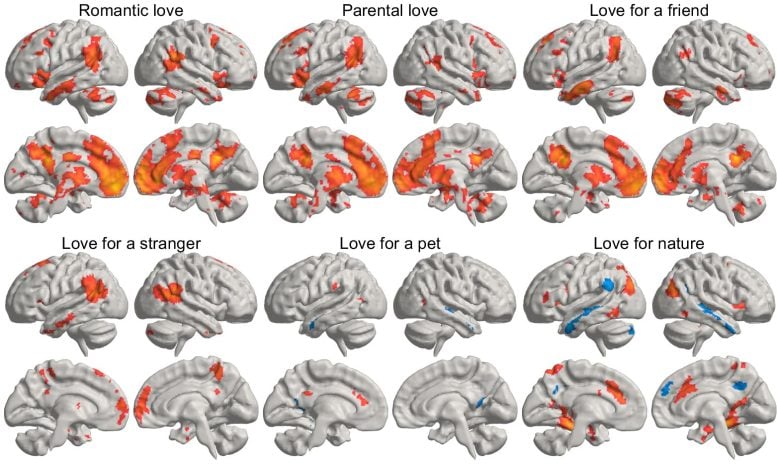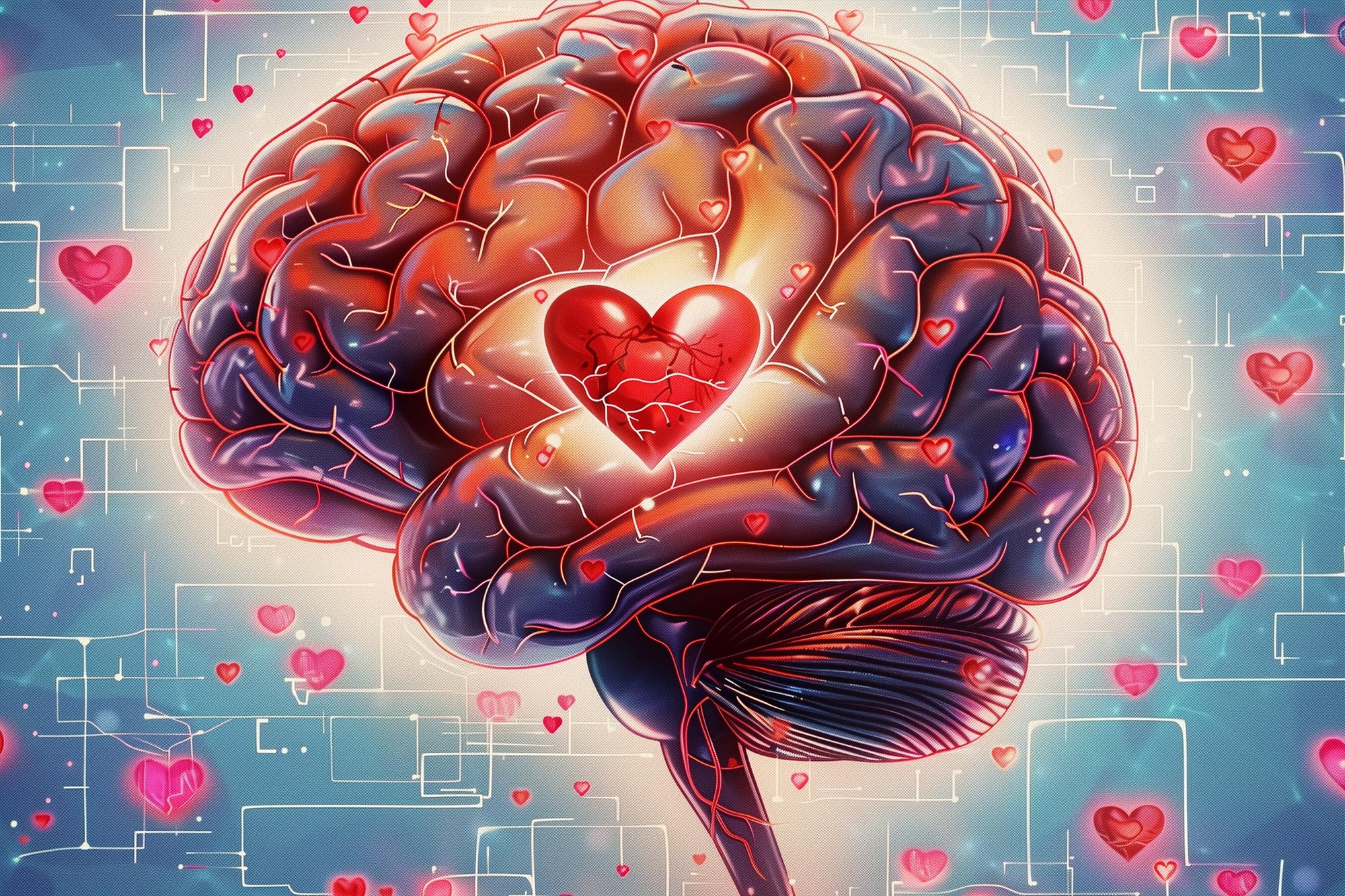Scientists have taken looking for love to a whole new level, revealing that different types of love light up different parts of the brain.
A recent study has mapped the brain’s response to different forms of love, showing that areas like the basal ganglia and the striatum light up depending on whether the love is parental, romantic, or for pets. Findings suggest that each type of love activates unique brain circuits, with parental love causing the most significant activity, and even the love for pets reflecting pet ownership.
Exploring the Universal Language of Love
We use the word “love” in a bewildering range of contexts — from sexual adoration to parental love or the love of nature. Now, more comprehensive imaging of the brain may shed light on why we use the same word for such a diverse collection of human experiences.
“You see your newborn child for the first time. The baby is soft, healthy, and hearty — your life’s greatest wonder. You feel love for the little one.”
The above statement was one of many simple scenarios presented to fifty-five parents, self-described as being in a loving relationship. Researchers from Aalto University utilized functional magnetic resonance imaging ( “We now provide a more comprehensive picture of the brain activity associated with different types of love than previous research,” says Pärttyli Rinne, the philosopher and researcher who coordinated the study. “The activation pattern of love is generated in social situations in the basal ganglia, the midline of the forehead, the precuneus, and the temporoparietal junction at the sides of the back of the head.” Love for one’s children generated the most intense brain activity, closely followed by romantic love. “In parental love, there was activation deep in the brain’s reward system in the striatum area while imagining love, and this was not seen for any other kind of love,” says Rinne. Love for romantic partners, friends, strangers, pets, and nature were also part of the study, which was published this week in the Cerebral Cortex journal, Oxford University Press. According to the research, brain activity is influenced not only by the closeness of the object of love, but also by whether it is a human being, another 
Insights Into Various Forms of Love




















Discussion about this post